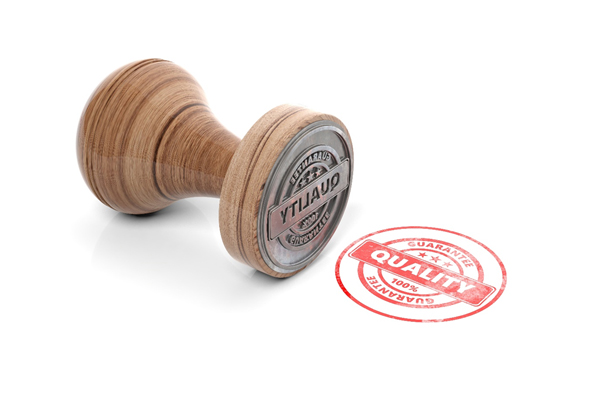ISO 9001 sets out the criteria for a quality management system and is the only standard in the family that can be certified to. It can be used by any organization, large or small, regardless of its field of activity. In fact, there are over one million companies and organizations in over 170 countries certified to ISO 9001.
This standard is based on a number of quality management principles including a strong customer focus, the motivation and implication of top management, the process approach and continual improvement.
Introduction to ISO 9001 ConsultingPoorly designed and implemented Quality management system (QMS) can cause detrimental burdens on an organization, making it difficult to keep customers satisfied and attain business goals.
If the QMS is developed and implemented correctly it can have an immediate and long term effect with successes of:Lexium can assist in the development and implementation of the QMS to assure for its immediate and long term success. We will assess, design and assist in developing and implementing your QMS. We specialize in utilizing best practices from multiple industries to provide a well balanced QMS solution for our customers.
Benefits of ISO 9001 ConsultingIt’s not possible to develop and implement a quality management system without help. However an unguided QMS development and implementation plan usually produces suboptimal results.
The QMS Consulting expertise from Lexium consulting befits your organization by quickly applying our QMS knowledge by being in the forefront of management system best practices, and the founders are having over 30 years’ experience in auditing and implementation.
The QMS Consulting expertise from Lexium consulting befits your organization by quickly applying our QMS knowledge by being in the forefront of management system best practices, and the founders are having over 30 years’ experience in auditing and implementation.
Benefits of our QMS Consulting & implementation include :Best practices and depth of knowledge and experience significantly impacts the QMS design and ability to meet the organization’s business goals. There is no substitute for experience. An experienced consultant helps your organization live and own the QMS and operate it at its optimal level.

A proven Quality management system development and implementation approach should be used based on project management methodologies. A structured approach should be used for defining project plans, specific responsibilities and verification of results. The result will be a development and implementation strategy that is more efficient and provides for the first time compliance or registration to the ISO 9001 requirements.
ISO 9001 Compliance can be achieved through seven phasesReady to get started – Request a free consultation